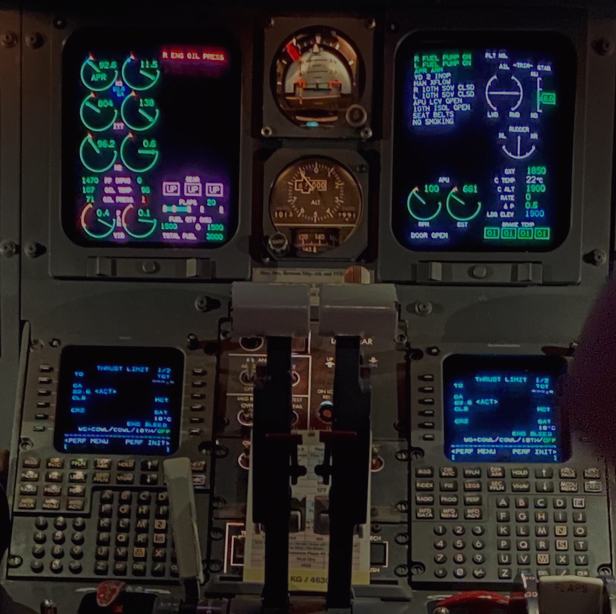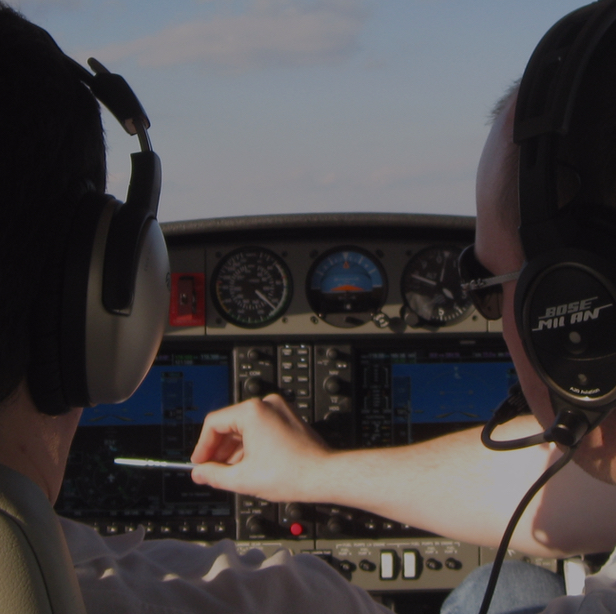Instrument Rating privileges explained
It is commonly known that to be enrolled into the type rating training course a pilot freshly coming from the flight school has to be a holder of so-called Frozen ATPL qualification. One of the rating contained in the Frozen ATPL nickname is also instrument rating for multi-engine aeroplanes. Let's have a loook a bit more closely what does this single-pilot multi-engine instrument rating mean when it comes to the privileges. The instrument rating - IR (A) for multi-engine airplanes allows the holder to fly an aircraft constituting into the MEP(land) class rating under instrument flight rules - IFR.
Why do we need instrument rating
Every professional pilot flying in airlines or in commercial commercial transport must hold valid class-related or type-related instrument rating. This is due to the fact that airplanes in airline or bizav environment are flying in accordance with the common procedures (IFR procedures) regardless of the daytime or weather. Even during nice shiny day with the blue sky pilots are following the same procedures like it is foggy outside. The IFR procedures are established by ICAO and except small deviations they are the same for all airports in the world. This creates the routine, brings a lot of benefits from passenger comfort thru economical savings, but mainly significantly enhances the safety.
IFR pilots generally use the most commonly used IFR flight maps, which are distributed and managed by Jeppesen. The maps have a unified and very intuitive look.
ICAO CAT I
Once you get your instrument rating multi-engine you can fly multi-engine piston airplanes - MEP (land) according to IFR rules even in reduced visibility. Your meteorological minima in this case are valid for the ICAO CAT I.
It creates following weather minimums:
- the lowest cloud height in 200ft AAL (above the airport level)
- runway visibility (RVR) in the touchdown zone of at least 550m, mid point at least 125m and stop end of the runway at least 75m
- if the RVR is not reported, minimum visibility has to be at least 800m
Performance based navigation
Starting by August 2021, all instrument-rated pilots in Europe are automatically holders of so-called performance-based navigation authorization. It means that an instrument-rated pilot can fly the GPS approaches such as LNAV, LNAV/VNAV or LPV.


.jpeg)